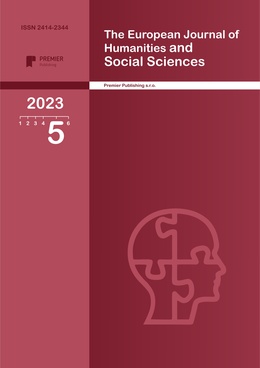Unhealthy Diet among High School Students
Authors
Yucheng Jie

Share
Annotation
Objective: This study aims to 1) examine the predictors of an Unhealthy diet 2) build a predictive model for an Unhealthy diet using an artificial neural network and compare its performance to logistic regression model.
Methods: Youth Risk Behavior Surveillance System (YRBSS) 2017 data were used for this study. All the participants who were eligible were randomly assigned into 2 groups: training sample and testing sample. A logistic regression model was built using training sample. Receiver operating characteristic (ROC) was calculated.
Results: About 7.17% of 7221 high school students had unhealthy diet, about 5.9% among the female and 8.8% among the male.
According to the logistic regression, Q1 (how old are you?), Q2 (What is your sex?), race, Q6 (How tall are you without your shoes on), Q31(How old were you when you first tried cigarette smoking, even one or two puffs?), Q60 (How old were you when you had sexual intercourse for the first time?), Q61 (During your life, with how many people have you had sexual intercourse?), Q64 (The last time you had sexual intercourse, did you or your partner use a condom?) were significantly associated with the Unhealthy diet in the high school students.
The area under curve was 0.66. The optional cutoff time is 0.49. The mis-classification error was 0.07. The sensitivity rate is about 0% and the specificity is 99.9%.
Conclusions: In this study, we identified important of predictors of unhealth diet among high school students, for example age, gender and sexual behaviors.
Keywords
Authors
Yucheng Jie

Share
References:
[1] US Department of Health and Human Services and US Department of Agriculture. 2015–2020 Dietary Guidelines for Americans. 8th Edition. December 2015. Available at http://health.gov/dietaryguidelines/2015/guidelines/
[2] Adair LS, Gordon-Larsen P, Du SF, Zhang B, Popkin BM. The emergence of cardiometabolic disease risk in Chinese children and adults: consequences of changes in diet, physical activity and obesity. Obes Rev. 2013;15(Suppl 1):49–59.
[3] Trends in Beverage Consumption Among High School Students — United States, 2007–2015. https://www.cdc.gov/mmwr/volumes/66/wr/mm6604a5.htm
[4] Peng, C. J., Lee, K. L., Ingersoll, G. M. An Introduction to Logistic Regression Analysis and
Reporting. The Journal of Educational Research, 96(1), 3-14.
[5] Tabachnick, B., and Fidell, L. Using Multivariate Statistics (4th Ed.). Needham Heights,
MA: Allyn & Bacon, 2001.
[6] StatSoft, Electronic Statistics Textbook, http://www.statsoft.com/textbook/stathome.html.
[7] Stokes, M., Davis, C. S. Categorical Data Analysis Using the SAS System, SAS Institute
Inc., 1995.


